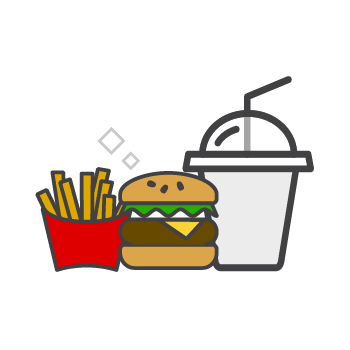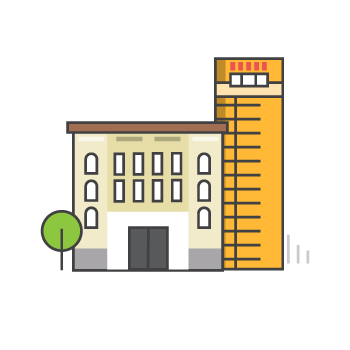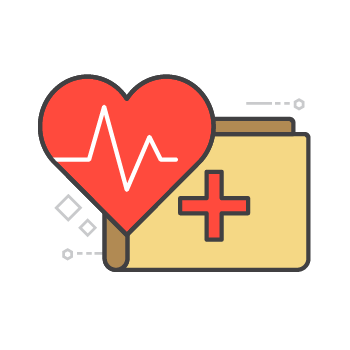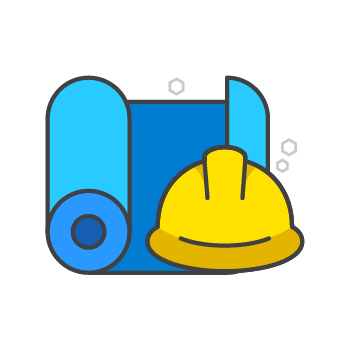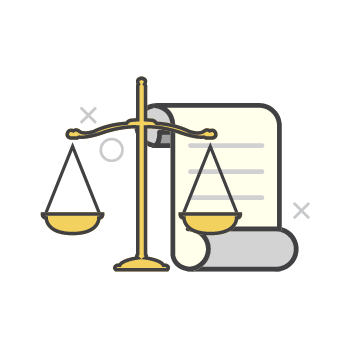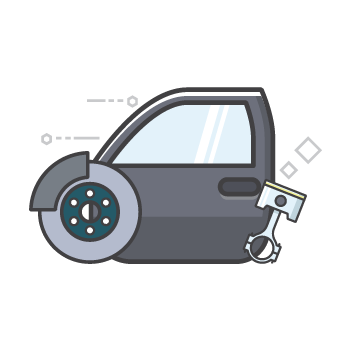Cayman Physiotherapy: Interview with Owner and Chartered Physiotherapist, Lindsay Bridgeman
by Yello Feb 26, 2019
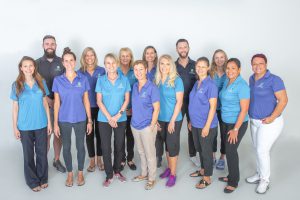
When Lindsay Bridgeman opened Cayman Physiotherapy in 1993, she was working on her own in a small one-room practice. Today, she leads an expert team of physiotherapists, acupuncturists, massage therapists and Pilates instructors who are dedicated to helping patients on the road to recovery.
Yello spoke to Bridgeman about what drew her to physiotherapy, the company’s evolution, and what makes Cayman Physiotherapy’s approach unique.
How did you become interested in pursuing physiotherapy?
In the very beginning I was interested in sports and I played a lot of sports myself, so that’s probably what sparked my interest; I think that’s why quite a lot of people get into physio.
A friend of my mother’s was a physio for the Scottish hockey team; I thought that was amazing, so I tagged along with her. Then I went to look in the hospital to see what happens there, and I discovered that the whole breadth of the profession is actually much bigger than you first think – there’s geriatric medicine, pulmonary medicine, pediatrics, neurological rehab, and much more.
How has Cayman Physiotherapy evolved since you first opened it in 1993?
It was me on my own in a room maybe 20 x 10. I could have a sports injury, and then a 90-year-old with a stroke, then a child. I had to be able to do a bit of everything. It was in the medical practice then, so in some ways I worked a lot more closely with the doctors than I do now where things are more separate. Not being able to work as closely with the doctors is maybe the downside; the plus side is that Cayman Physiotherapy can really have a team approach now. We can offer a lot under one roof.
We can also offer more opening times. When I worked on my own, my children were young so I would start early, work through lunch and finish early, then pick them up from school. That was very doable, but we offered no appointments in the evenings or on Saturdays because when there’s one of you, there’s only so many hours you can work. Now we can open at 7am and close at 7.30pm, and we’re open on Saturdays too. That’s really good, without me having to physically do it all!
Some things just happened organically over the years. I never really sat down and had a business plan to expand, it was just a bit of luck I think – the right people popped up at the right time. We now have eight physios, a massage therapist, a Pilates instructor and two acupuncturists. I’ve also now been doing a lot more work in women’s health, which has been a bit more planned, as it’s something that Lindsey [MacFee] and I have been very interested in. We did extra training courses and they get you very inspired. It’s an area in Cayman that’s definitely been lacking. When I think back to 20 to 25 years ago when I had my kids, there was not a lot of help from the physio side of things.
What does women’s health encompass? Can you give examples of what someone might come in for?
Women’s health tends to be post-pregnancy stuff like stress and incontinence, or pelvic pain, which is really common in all age groups from teenage athletes up to post-menopausal women; it can be quite taboo and not really talked about. People don’t even realise that physios work with this type of stuff, so we’re trying to encourage a little bit more awareness; we even did a couple of radio segments. People say: “Oh I didn’t know you did that.”
People can have trigger points in muscles anywhere in the body; shoulders are a common area because people tense using their computers, but you can have trigger points in your pelvic floor as well. We have very private rooms upstairs where we can actually do internal work. That’s the area that’s been evolving the most for me personally as a physio.
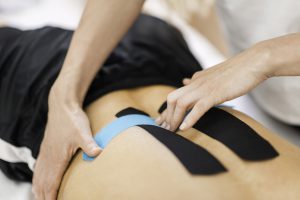
There’s a misconception that physiotherapy is just for athletes. Who else can make use of physiotherapy services?
A lot of people think that because that’s the area of physio that gets the most publicity. For example, if you’re watching an international rugby match, you might see the physios run on. That’s the sports medicine side of things, but that’s only one side of physio.
We’ve now got this aging population as well. A lot more people are living longer and they’re much more active in their old age. 60 to 70 are no longer old, they’re relatively young, and they want to be exercising and keeping fit. Physios have quite a big role in that too: keeping people active and encouraging them to stay active for as long as they can.
We also get a lot of sedentary patients who have desk jobs or don’t really move much. Sometimes it’s an injury like sore shoulders that’s brought them in to us, but once we can relieve some of that pain or discomfort, we have this window of opportunity and it’s a job done well to encourage them to do some exercise to prevent that injury happening again, and to get more active anyway. Cayman has an interesting population – we tend to see one thing or the other: people are either super active because the climate’s nice – it’s a very outdoorsy, active environment. But the flip side is that there’s a very sedentary population as well who really don’t exercise at all: they have sedentary jobs, go into their car, go home, live a sedentary life, and repeat.
Tell me about your job and what you do on a day to day basis.
I typically have about 10 patients per day.
I see a variety of people with different injuries to different body parts; some are post-op patients who’ve had knee or hip replacements. We have another full-time manager now, but I’m still a manager so I also handle the coordination of the admin team and the physio team, and sometimes I act as a go-between. It can be intense; you’re dealing with people who have quite a lot of pain, and with that comes baggage sometimes. A typical physio in here has quite a varied case load, so that helps: when you do get a one-to-one, more intense situation, the next patient may have just sprained their ankle playing squash or something.
What’s your favourite part of your job?
It’s got to be when you feel you’ve made a change in a patient’s life, especially some of the very sedentary people. The pleasure that you get when people come in and say how much better they feel, and how they wish they’d started walking or moving or getting up from their desk earlier; there’s a lot of job satisfaction. It can be quite a tiring job physically, but I never dread coming to work and I feel very lucky that 30-plus years into my career, I still really like my job. I have a lot of friends who might be better paid, but they haven’t necessarily gone to work and enjoyed it every day for the last decade.
I must admit that all these years later, there’s still new things to learn. There isn’t a week that goes by where there isn’t something different, where maybe there’s something you haven’t seen before in all these years. What I love about Cayman Physiotherapy is that we have some young staff who are two or three years out of university, and they’ve got that youth and enthusiasm; they keep us up to date with current trends. It’s really nice that we have that mixture of youth and experience. If I was still working on my own 30 years on, I think that’d be kind of sad in a way because I wouldn’t have had the benefit of the enthusiasm and the passion that the young ones come in with.
What are some of the challenges you face in your profession?
I suppose the biggest challenge is when the patient isn’t prepared to make the changes. It can be quite frustrating because you try to work with them and break things down so it’s not overwhelming, but some people just can’t, or won’t do it. It’s hard because they come in again and they’re not any better, and you have to dig deeper and say: “Did you do any of the exercises?” And they say: “Well I was too busy.” So, then you try to give them an exercise that will take two minutes – everyone can find two minutes – but they still don’t do it.
That’s probably the biggest challenge: when you’re prepared to do everything you can to help a patient, but they’re not really prepared to help themselves, or don’t see that they can help themselves, even if they want to.
There are also some disease processes that are progressive; we do have some patients with Multiple Sclerosis or Parkinson’s, so you’re trying to make the best of their life as it is, rather than making any progress. I find those patients harder; a lot of it is maintenance. Sometimes you’re just limited by the disease progression and there’s only so much you can do.
What makes Cayman Physiotherapy’s approach unique?
We have all the core physiotherapy services under one roof. Well, two roofs because we’ve got the West-Shore Centre now as well!
We have expertise in different areas. If a patient comes in who is recovering from a whiplash injury, they can see someone for the hands-on stuff, or someone who specialises in exercise therapy; they can also add in some core work with Pilates too. This same patient can see the massage therapist or the acupuncturist for pain control. There aren’t recipe treatments for everything, and people do just progress differently – you might need more acupuncture to manage pain and the next person might need deep tissue massage to free up the tissues.
You can do all of that at Cayman Physiotherapy.
For more about Cayman Physiotherapy, or to book a service, visit the website.



